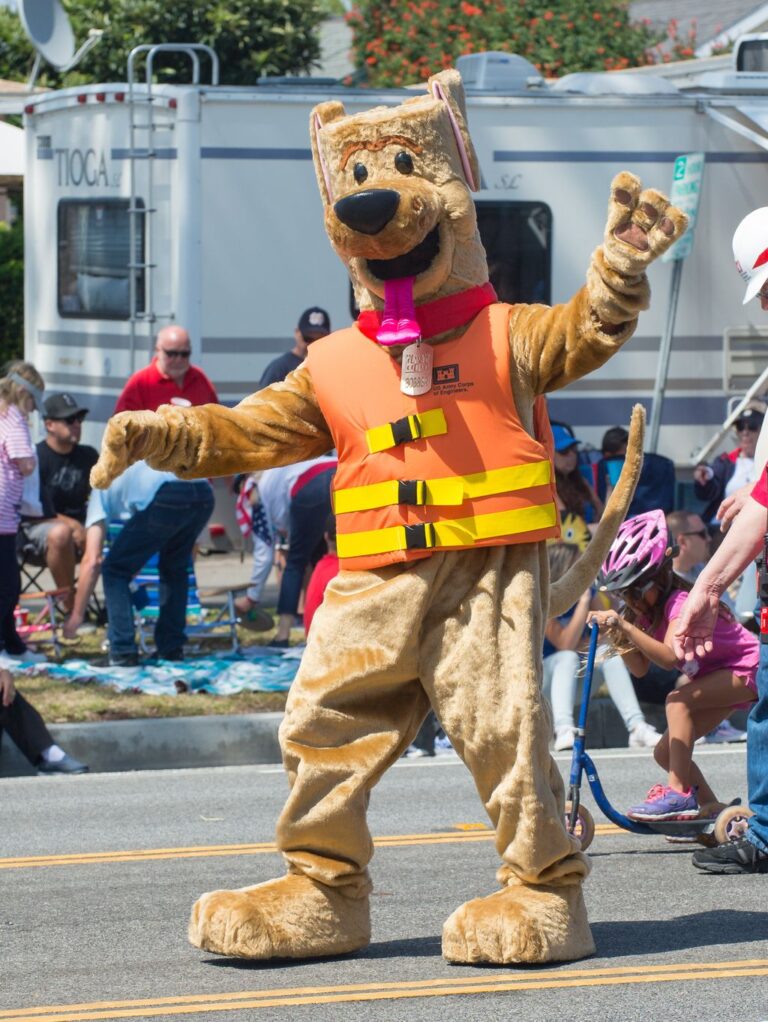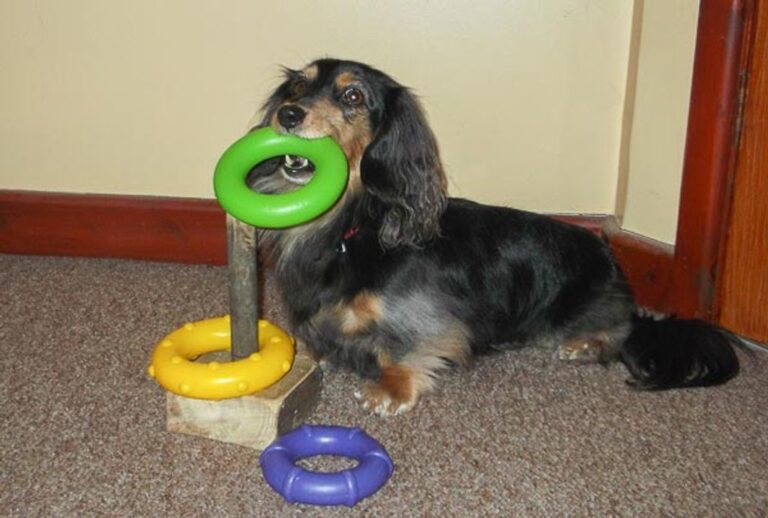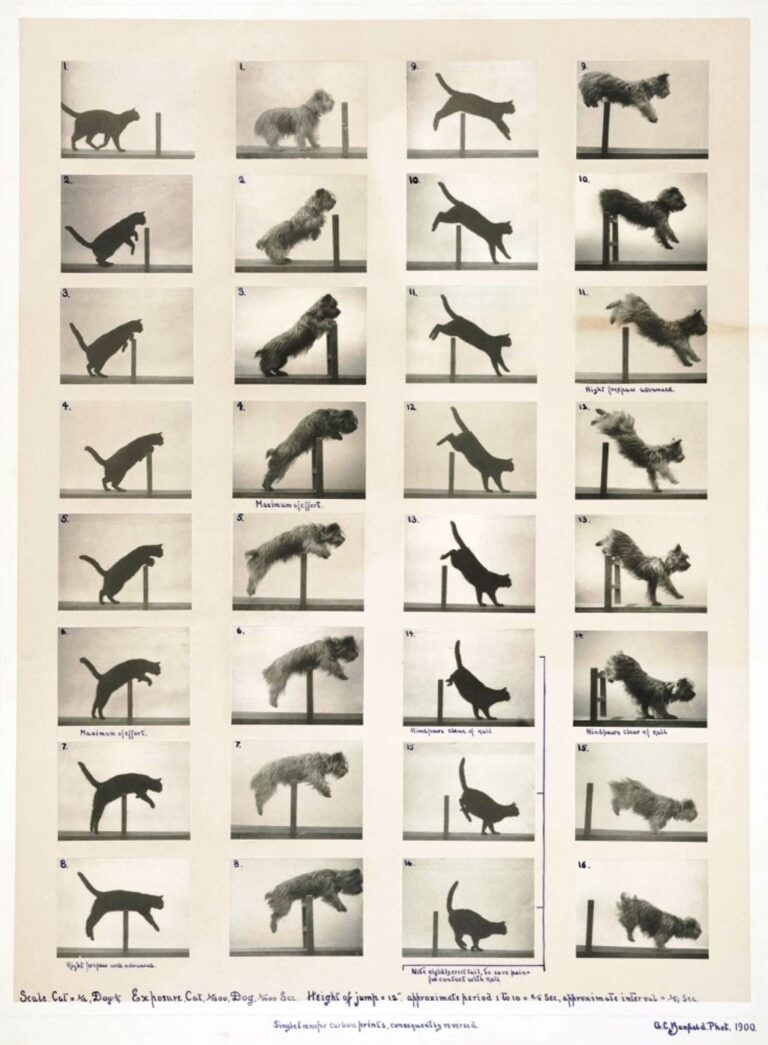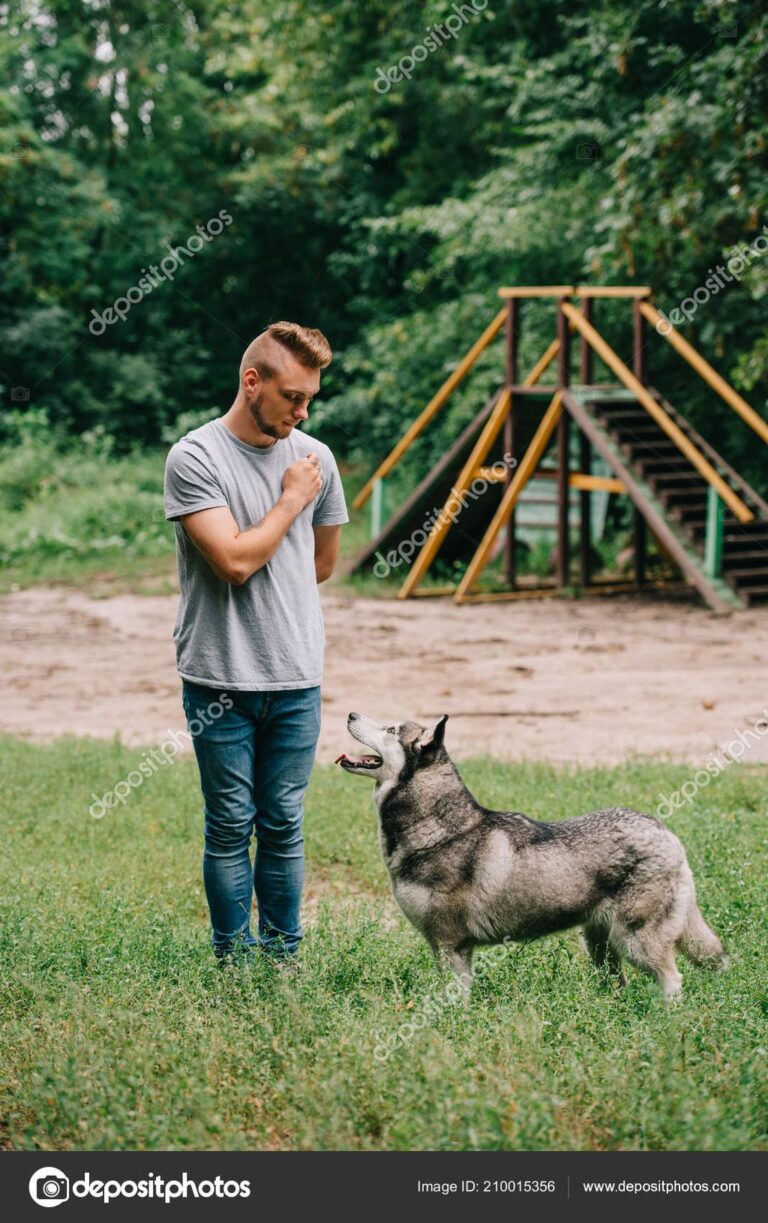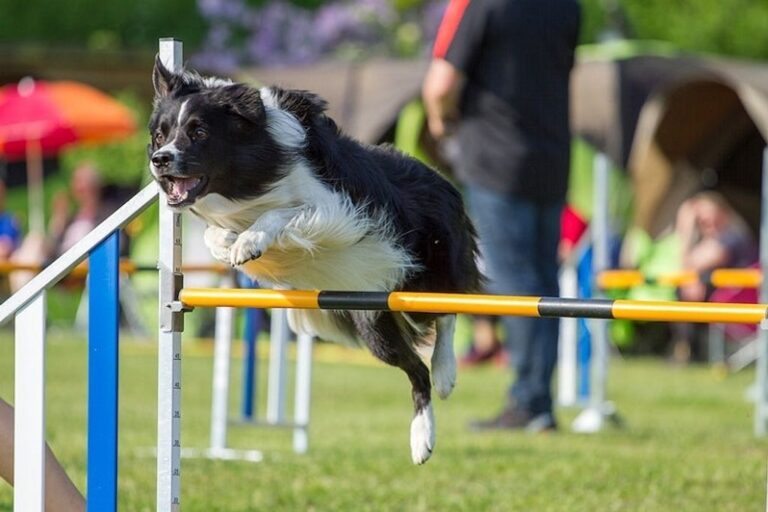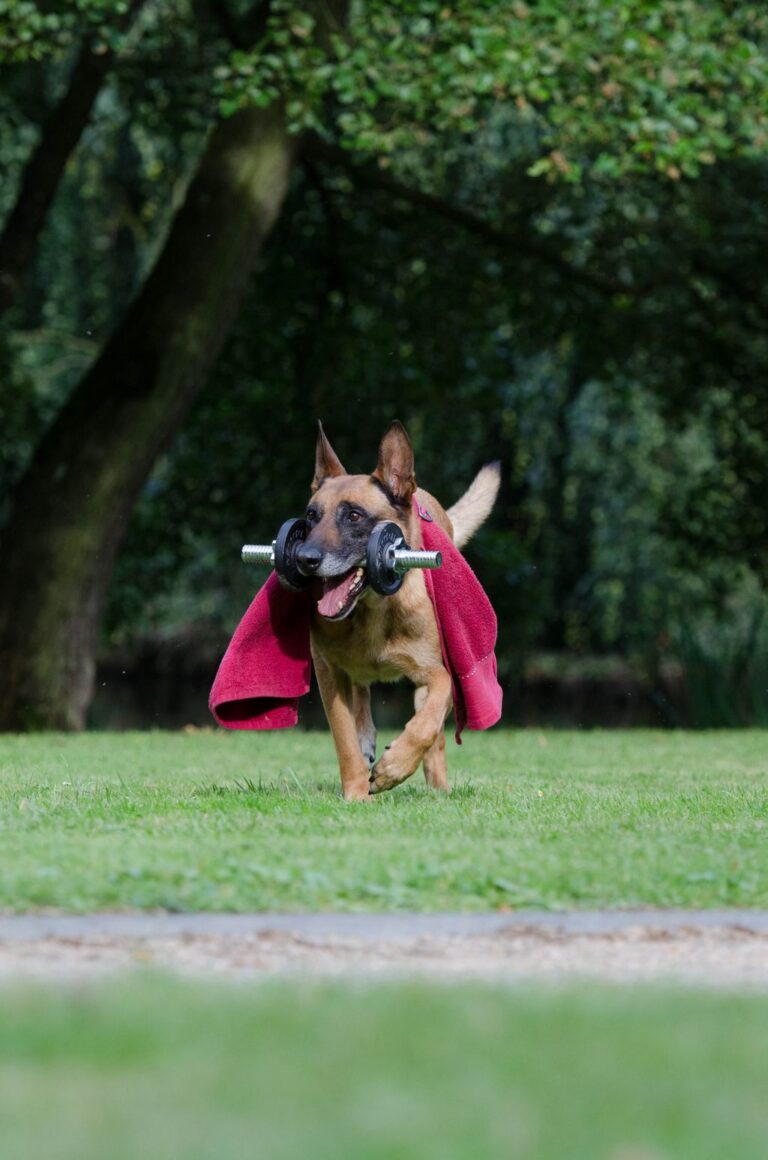Command Mastery: Training Your Dog to Follow Every Command
Command mastery is crucial for every dog owner who wants a well-behaved and obedient pet. By training your dog to follow every command, you can build a strong bond, ensure their safety and control, and improve communication and understanding. In this article, we will guide you through the process of command training, from getting started with the right training method to troubleshooting common challenges. We will also explore essential commands for your dog and how to take command training to the next level. Here are the key takeaways:
Key Takeaways
- Building a strong bond with your dog through command training
- Ensuring safety and control by teaching essential commands
- Improving communication and understanding between you and your dog
- Choosing the right training method and setting clear expectations
- Using positive reinforcement to motivate and reward your dog
Why Command Mastery is Important for Your Dog

Building a Strong Bond with Your Dog
In the world of dog ownership, building a strong bond with your furry friend is essential. It’s not just about training them to follow commands; it’s about creating a partnership forged through dedication and expert guidance. This partnership is built on trust, love, and understanding. By investing time and effort into training, you can transform your dog into a well-rounded and reliable companion. The commitment to training builds a lasting bond with your canine companion, transforming them into well-rounded and reliable gun dogs. It’s a journey that requires patience, consistency, and a personalized approach that caters to the unique needs and strengths of your specific dog.
Ensuring Safety and Control
Safety always comes first, and patience is imperative. Use a leash in all training scenarios until the dog exhibits a strong and reliable stay. During practice, a controlled environment is ideal, ensuring the dog can focus. Over time, trainers can move to more challenging environments while maintaining control, always ready to correct with gentle guidance if their dog breaks the stay.
Improving Communication and Understanding
Establishing clear communication and positive reinforcement is key to improving our bond with our dog. Each step builds upon consistent cues and rewards to shape the desired behavior. Getting our dog’s attention is the first step. We create a calm environment devoid of distractions to ensure that our dog’s focus is solely on us. Positioning ourselves in front of the dog, just within their line of sight, prepares them to follow our cues. Introducing the sit command is the next step. We use a distinct verbal cue, such as ‘sit’, coupled with a consistent hand signal. Clear and concise commands help our dog understand what we expect from them.
Getting Started with Command Training

Choosing the Right Training Method
When it comes to choosing the right training method for our furry friends, we want to make sure we’re setting them up for success. We’ve done our research and found that using positive reinforcement is the most effective approach. This means rewarding our dogs with treats, praise, and lots of love when they follow our commands correctly. It’s important to remember that every dog is unique, so what works for one may not work for another. Surprise your pup with different training techniques and see what they respond to best. Here are a few options to consider:
- Clicker training: Using a clicker to mark desired behaviors and then rewarding with treats.
- Target training: Teaching your dog to touch a specific object with their nose or paw.
- Lure training: Using treats or toys to guide your dog into the desired position.
Remember, the key is to keep training sessions fun and engaging for both you and your dog. Happy training!
Setting Clear Expectations
Clear communication and positive reinforcement are key to setting clear expectations for your dog. Each step builds upon consistent cues and rewards to shape the desired behavior. Getting your dog’s attention is the first step. Find a calm environment without distractions to ensure your dog’s focus is solely on you. Position yourself in front of your dog, within their line of sight, to prepare them to follow your cues. Once you have their attention, introduce the sit command using a distinct verbal cue like ‘sit’ and a consistent hand signal.
Using Positive Reinforcement
Positive reinforcement is the cornerstone of modern dog training techniques. It operates on the principle that behaviors followed by rewards are more likely to be repeated. During training sessions, if a dog follows a command correctly and sits, immediate praise or a treat serves as a positive outcome. Dogs will associate sitting with receiving attention and rewards, thus reinforcing this desired behavior. It’s crucial to offer this reward promptly to ensure the dog understands what action earned it. Negative Reinforcement and
Essential Commands for Your Dog
Sit, Stay, and Lie Down
It can be helpful to place the dog in a lie down position before giving the stay command, as it promotes calmness and stability. Integrating with Other Training: Incorporating the stay command into a dog’s broader training repertoire enhances their overall obedience and responsiveness. Key integration tactics include:
- Command Sequences: Practice giving the stay command followed by other commands, such as sit, come, or heel. Ensure the dog completes the stay command before moving on to the next action.
- Training in Varied Locations: Train in different environments, such as parks, busy streets, or during a walk. Utilize the backyard for impromptu training sessions.
- Incorporating Playtime: Use playtime to practice stay. Give the command before throwing a toy or during a game of fetch.
Come When Called
For a successful recall, your dog should think coming to you is exciting and rewarding. Never use the recall cue to end your dog’s fun. Start training in a quiet area with no distractions. The following steps will help build a strong recall:
- With your dog beside you, say your dog’s name and a recall cue like “Come.”
- Give your dog a high-value treat.
- Drop a treat beside your dog.
- As soon as your dog finishes eating, say your dog’s name and “Come.”
- Provide another treat when your dog looks at you.
Repeat the above steps while tossing the initial treat a foot away from your dog. Reward your dog for returning to you. Take a few steps away from your dog after tossing the initial treat. This should encourage your dog to chase you, which adds to the reward. Continue to build more distance and begin to train in different locations that could be more challenging.
Remember, consistency and positive reinforcement are key in teaching your dog to come when called.
Leave It and Drop It
When it comes to teaching our furry friends the commands ‘Leave It’ and ‘Drop It’, it’s all about keeping them safe and out of trouble. These commands are essential for preventing your dog from picking up harmful objects or ingesting something they shouldn’t. ‘Leave It’ teaches your dog to ignore and move away from items that are off-limits, while ‘Drop It’ instructs them to release an object from their mouth. By mastering these commands, you can ensure a pet-friendly environment and avoid any potential accidents or emergencies.
To train your dog to ‘Leave It’, start by holding a treat in your closed hand and presenting it to your dog. As they try to sniff or paw at the treat, firmly say ‘Leave It’ and close your hand. Wait for a few seconds and then reward them with a different treat from your other hand. Repeat this exercise several times, gradually increasing the difficulty by placing the treat on the ground or using more tempting objects. Remember to always reward your dog when they successfully ‘Leave It’.
To teach your dog to ‘Drop It’, begin by offering them a toy or object that they enjoy playing with. As they hold onto it, say ‘Drop It’ in a firm but gentle tone. Hold a treat near their nose to get their attention and encourage them to release the object. Once they let go, praise them and give them a treat as a reward. Practice this command with different toys and objects, gradually phasing out the treat rewards as your dog becomes more proficient.
Remember, consistency and positive reinforcement are key when training your dog. Be patient and celebrate small victories along the way. With time and practice, your dog will become a master of the ‘Leave It’ and ‘Drop It’ commands, making your daily walks and playtime safer and more enjoyable for everyone involved.
Troubleshooting Common Command Training Challenges

Dealing with Distractions
Distractions during training sessions can be challenging, but they are an essential part of building focus and preparing your dog for real-life scenarios. To help your dog overcome distractions, it’s important to gradually introduce them in a controlled environment. Start with minimal distractions and gradually increase the difficulty level. Some examples of distractions you can use include moving toys or rolling balls, other people walking around or jogging past. Practice the stay command in these environments, rewarding your dog for staying put despite temptations. Remember to promote calmness and stability by placing your dog in a lie down position before giving the stay command. Integrating distractions into your training sessions will help your dog become more focused and responsive in any situation.
Addressing Fear and Anxiety
When it comes to addressing fear and anxiety in our dogs, emotional support plays a crucial role. Just like humans, dogs can experience anxiety and stress in certain situations. One technique that can help calm anxious dogs is Deep Pressure Therapy (DPT). This technique involves applying gentle pressure to your dog’s body, which can provide a sense of security and comfort. It’s important to note that emotional support dogs do not require specialized training like psychiatric service dogs. However, they can still benefit from techniques such as DPT. By practicing these techniques in a calm environment and rewarding your dog for following commands, both of you will be better equipped to handle stressful situations when they arise. Additionally, counterconditioning can be effective in changing a negative emotional response to a positive one. This technique involves gradually exposing your dog to the source of their fear or anxiety while providing positive reinforcement. For example, if your dog is afraid of having their paws touched, you can start by gently touching their back and rewarding them with a treat. Then, gradually work your way up to touching their paws. Remember, patience and consistency are key when addressing fear and anxiety in our furry friends.
Overcoming Stubbornness
Dealing with stubbornness during command training can be challenging, but it’s not impossible. Understanding the root cause of the behavior is crucial in addressing it effectively. One approach is to adapt training techniques and use higher-value rewards to motivate and engage the dog. Consistency is key in reinforcing the desired behavior and ensuring progress. Additionally, tailoring your training approach to the specific traits of your dog’s breed can make a significant difference. By understanding and addressing breed-specific challenges, you can develop a nuanced and tailored training plan that caters to your dog’s needs. Remember, patience and persistence are essential when dealing with stubbornness.
Taking Command Training to the Next Level

Adding Advanced Commands
Advanced Training Classes
For owners looking to build upon the basic ‘sit’ command, advanced training classes can offer structured environments where dogs can learn more complex commands. These classes often help to strengthen the bond between owner and dog, and provide opportunities to socialize with other dogs. Finding a class led by an accredited trainer ensures that both the dog and owner are receiving expert guidance.
Regular Refreshers and Positive Reinforcement
Continual positive reinforcement is essential for a dog to maintain its training. Offering a reward or treat
Proofing Commands in Different Environments
When it comes to command training, it’s important to practice in different environments. This means training your dog in various locations, such as parks, busy streets, or during a walk. Utilize the backyard for impromptu training sessions. By exposing your dog to different environments, you are helping them generalize their commands and respond to your cues no matter where you are.
To make training more fun and engaging, try incorporating playtime into your sessions. Use playtime to practice the ‘stay’ command. For example, give the command before throwing a toy or during a game of fetch. This not only reinforces the ‘stay’ command but also adds an element of excitement to the training.
When training in different environments, it’s important to progress gradually. Start at home in a familiar and quiet space, then move on to a controlled outdoor area like a park. Eventually, challenge your dog by training in busy areas with more activity and distractions. This environment progression helps your dog adapt to different situations and remain focused on your commands.
Incorporating command sequences into your training can also be beneficial. Practice giving the ‘stay’ command followed by other commands, such as sit, come, or heel. Make sure your dog completes the ‘stay’ command before moving on to the next action. This helps reinforce the importance of staying in place until given a release command.
Remember, consistency is key in command training. By practicing in different environments, incorporating playtime, and using command sequences, you can ensure that your dog masters the commands in any situation.
Working with a Professional Trainer
Seeking professional help, whether through gun dog training classes or expert consultations, accelerates your dog’s development. Picture the synergy between you and your gun dog, a testament to the successful partnership forged through dedication and expert guidance.
Creating a Consistent Training Schedule
Establishing a routine for reinforcing learned behaviors through consistent training involves creating a structured yet flexible plan that aligns with both your and your dog’s needs.
Gradual Progression: Building on Foundations
The importance of gradual difficulty progression transcends verbal commands.
Other Practical Training Tips
Gun dog training thrives on consistency and gradual progression. Envision a disciplined partner responding flawlessly to your commands, each session reinforcing learned behaviors.
Seeking professional help, whether through gun dog training classes or expert consultations, accelerates your dog’s development. Picture the synergy between you and your gun dog, a testament to the successful partnership forged through dedication and expert guidance.
Creating a Consistent Training Schedule
Establishing a routine for reinforcing learned behaviors through consistent training involves creating a structured yet flexible plan that aligns with both your and your dog’s needs.
Gradual Progression: Building on Foundations
The importance of gradual difficulty progression cannot be overstated. It’s about building on established foundations and preventing overwhelm, ensuring a positive and successful training journey.
Seeking Professional Guidance
Exploring the benefits of enrolling in gun dog training classes or consulting with experts is about tapping into a wealth of knowledge and experience, ensuring that your training efforts are aligned with best practices.
Master Gun Dog Training Basic Obedience
In conclusion, the mastery of basic obedience is the gateway to transforming your gun dog into an exceptional hunting companion. Explore the diverse array of gun dog supplies available at Huntmark, tailored to support every stage of your dog’s training and development.
In Conclusion
Training your dog to follow every command is not only about obedience, but also about building a strong bond and effective communication between you and your furry friend. By establishing a foundation with basic commands like sit, stay, and come, you create a language that allows for more advanced training in the future. Remember to be consistent, patient, and use positive reinforcement to reinforce desired behaviors. And don’t forget, training is an ongoing process, so continue to refresh your dog’s skills and provide regular opportunities for socialization. With dedication and love, you can have a well-behaved and happy dog that brings joy to your home every day.
Frequently Asked Questions
Why is command mastery important for my dog?
Command mastery is important for your dog because it helps build a strong bond, ensures safety and control, and improves communication and understanding between you and your dog.
How do I choose the right training method for command training?
When choosing a training method, consider your dog’s personality and learning style. Positive reinforcement methods are generally recommended as they create a positive association with the commands.
What are some essential commands for my dog?
Some essential commands for your dog include sit, stay, lie down, come when called, and leave it.
How do I deal with distractions during command training?
To deal with distractions during command training, start with low-level distractions and gradually increase the difficulty. Use positive reinforcement and rewards to keep your dog focused on the commands.
What should I do if my dog is stubborn during command training?
If your dog is stubborn during command training, try breaking down the commands into smaller steps, use high-value rewards, and be patient and consistent in your training.
Should I work with a professional trainer for command training?
Working with a professional trainer can be beneficial, especially if you’re facing challenges or want to take command training to the next level. They can provide expert guidance and help tailor the training to your dog’s specific needs.

